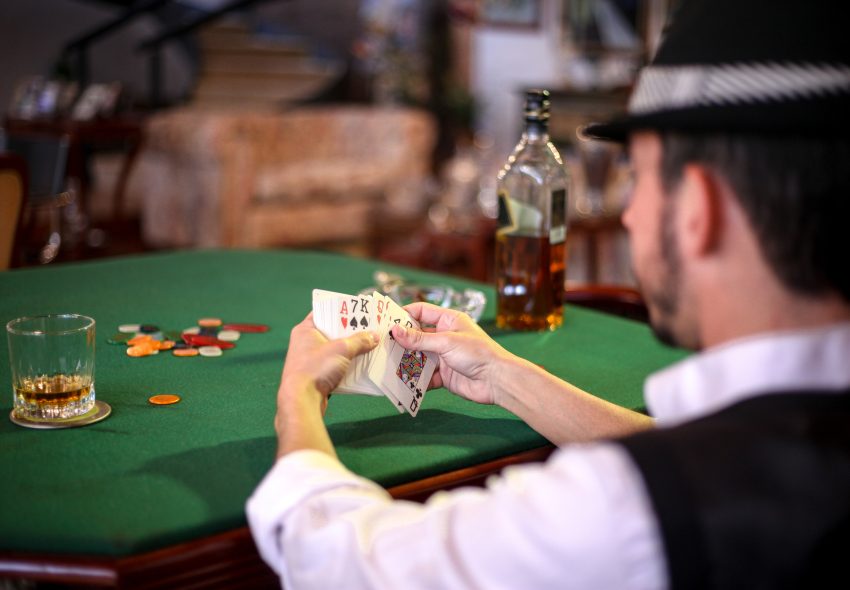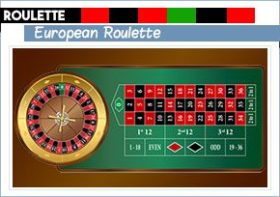The Art of Bluffing in Poker Tournaments

Poker tournaments are often a battleground of wits, strategy, and skill. One of the most important skills a poker player can possess is the art of bluffing. Bluffing is a technique used to deceive opponents into believing that you have a stronger hand than you actually do. In this article, we will explore the concept of bluffing in poker tournaments, its significance, and some strategies to master this art.
What is Bluffing?
Bluffing in poker is an attempt to make your opponents believe that your hand is stronger than theirs, leading them to fold and providing you with an advantage in the game. Bluffing is a vital aspect of poker tournaments, as playing only strong hands can make your play easily predictable and take away any element of surprise. Effective bluffing can help maximize your winnings and keep your opponents guessing your true hand strength.
The Importance of Bluffing
Bluffing serves several purposes in a poker tournament. It allows you to win pots without having to show your cards, which helps in maintaining a certain level of uncertainty about your style of play. Bluffing can also help you in establishing an aggressive table image, encouraging your opponents to be more cautious and giving you the opportunity to seize control of the game. It helps create an element of doubt in the minds of your opponents, making it difficult for them to accurately assess the strength of your hand.
When to Bluff?
Bluffing is a calculated move that requires careful consideration. It is important to choose the right time and opponents to execute a bluff successfully. Some situations that may be appropriate for bluffing include:
When you are in late position and most of your opponents have already folded.
When the community cards do not appear to improve your opponents’ hands.
When you have an image of being a tight player who only plays premium hands.
Bluffing in these situations can give the impression that you have a strong hand, causing your opponents to fold and allowing you to win the pot without having to show your cards.
Bluffing Strategies
Executing a successful bluff requires careful planning and strategy. Here are a few strategies to consider:
1. Selective Bluffing
Instead of bluffing frequently, it is more effective to bluff selectively. By bluffing occasionally, you maintain an air of unpredictability, making it harder for your opponents to pinpoint your bluffing tendencies.
2. Pay Attention to Opponents
Observing your opponents’ playing styles and tendencies can provide valuable insights. Bluffing against opponents who are more likely to fold will increase your chances of a successful bluff. However, bluffing against tight, experienced players can be riskier as they may be able to see through your bluff and call your bet.
3. Use the Right Bet Sizing
The size of your bluffing bet plays a crucial role in its success. If your bet is too small, it may not be convincing enough to force your opponents to fold. Conversely, a bet that is too large can raise suspicions and draw attention to your bluff. It is important to make your bluffing bet proportional to the pot size and the image you have established at the table.
4. Be Mindful of Table Image
Your table image, established by your previous actions and hands, influences how your opponents perceive you. If you have been playing tight and only showing strong hands, your bluff is more likely to be believed. On the other hand, if you have recently been caught bluffing, your opponents may be less likely to fall for your bluff again.
5. Practice Patience
Patience is key when it comes to bluffing. It is essential to choose the right time and situation for executing a bluff. Bluffing out of desperation or frustration can be detrimental to your overall strategy. Wait for the opportune moment when the odds are in your favor and execute your bluff confidently.
Conclusion
The art of bluffing is a fundamental skill in poker tournaments. By effectively bluffing, you can gain an advantage over your opponents and increase your chances of winning. It is important to understand when and how to bluff, and to adapt your strategies based on your opponents and the table dynamics. Remember, practice and experience are key to mastering the art of bluffing, so don’t be afraid to experiment and learn from your successes and failures.

